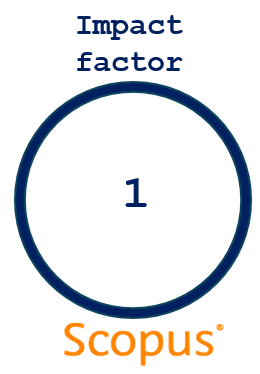ACTA Pharmaceutica Sciencia
2025 , Vol 63 , Num 3
Anti-microbial and anti-oxidant effects of Campanula involucrata Aucher ex A.DC. and Nepeta menthoides Boiss & Buhse from Iran
1 Tabriz University of Medical Sciences, Biotechnology Research Center, Tabriz, Iran2 Tabriz University of Medical Sciences, Student Research Committee, Tabriz, Iran
3 Tabriz University of Medical Sciences, Faculty of Pharmacy, Department of Pharmacognosy, Tabriz, Iran
4 Tabriz University of Medical Sciences, Faculty of Pharmacy,Tabriz, Iran
5 Tabriz University of Medical Sciences, Drug Applied Research Center & Faculty of Pharmacy, Tabriz, Iran
DOI : 10.23893/1307-2080.APS6337 Viewed : 1473 - Downloaded : 559 Considering the global efforts against anti-microbial drug resistance and the need to find new natural sources with anti-microbial effects, the anti-microbial and anti-oxidant activities of two Iranian plants, Campanula involucrata and Nepeta menthoides, were evaluated. Aerial parts of both species were extracted using a Soxhlet apparatus and three solvents with different polarities (n-hexane, methylene chloride, and methanol), respectively. The methanol extracts of both species as the most potent parts were fractionalized using a solidphase extraction (SPE) method. The anti-microbial activities were determined against two Gram-positive (Staphylococcus aureus, Bacillus subtilis), four Gram-negative bacteria (Proteus morganii, Escherichia coli, Shigella flexneri, Salmonella typhi), and a fungus (Candida albicans) species by disc diffusion method. Then, the extracts or fractions with the most potent anti-microbial activities were selected for evaluating their MIC (Minimum Inhibition Concentration). Finally, anti-oxidant potency and total phenol contents of mentioned extracts and fractions were evaluated using DPPH and Folin-Ciocalteu reagents. The results demonstrated significant anti-bacterial activities, especially in methanolic extracts of both species and 40% and 10% methanol/water fractions in C. involucrata and N. menthoides, respectively. Moreover, antioxidant activities and total phenol contents of different extracts confirmed the presence of bioactive ingredients in the methanolic extracts and their relevant fractions. Additional studies are necessary to isolate and characterize bioactive compounds and their in vivo anti-microbial properties. Keywords : antibiotic, anti-oxidant activity, Campanula, Nepeta





